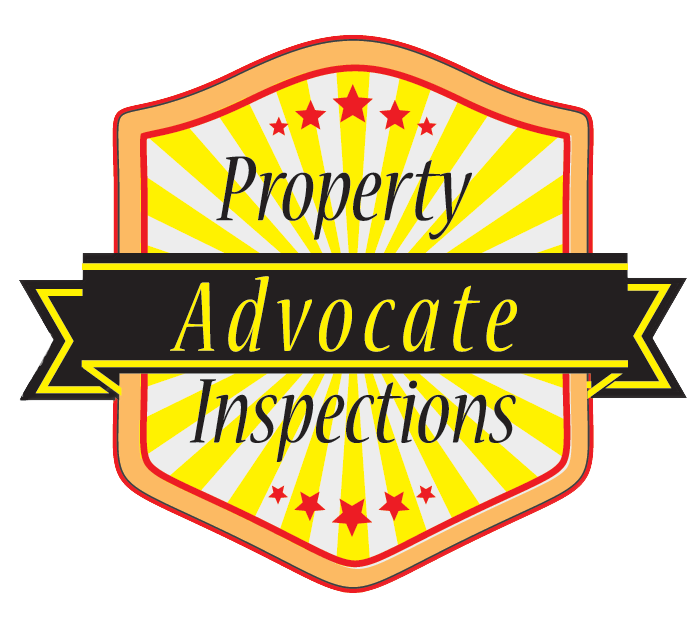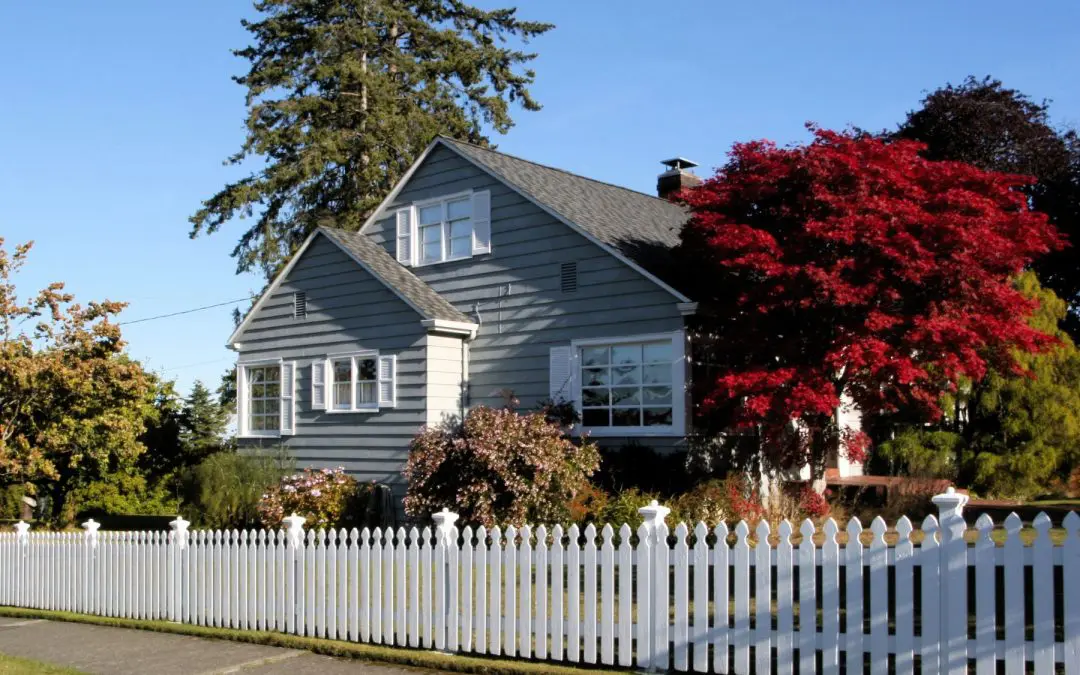Whether you’re a seasoned homeowner or a first-time buyer, the thought of adding a new fence might seem daunting. But with the right preparation, the process can be seamless and even enjoyable. This guide will walk you through the essential steps to planning your new fence, ensuring you make informed decisions that lead to a beautiful and lasting addition to your property.
The Crucial Steps of Planning Your New Fence
Before you even think about picking out materials or hiring a contractor, there are several foundational steps you must take. These aren’t just recommendations; they’re critical to avoiding costly mistakes and potential legal issues down the line.
Know Your Boundaries and Regulations
The first and most important step is to understand your property lines. Don’t rely on assumptions or existing fences. A professional survey is the most accurate way to determine your exact property boundaries. This is especially important if your property abuts a neighbor’s, as a misplaced fence can lead to disputes and the expensive task of having to move it.
Next, research local regulations and homeowners’ association (HOA) rules. Most municipalities have strict codes regarding fence height, setback from the street, and even the materials used. Your HOA will likely have its own set of rules, which can be even more specific, dictating everything from color to style. Ignoring these rules could result in fines or require you to tear down your new fence. A quick call to your local city planning department and a review of your HOA’s bylaws can save you a lot of future headaches.
Utility Check and Permit Acquisition
Once you know where you can legally place your fence, the next step is to call 811, the national “Call Before You Dig” number. This free service notifies local utility companies to mark the location of underground lines, including gas, water, and electricity. Hitting a utility line is not only dangerous but can also be incredibly expensive. This is a mandatory step for any digging project.
Depending on your location and the scope of your project, you may also need a building permit. The city planning department you contacted earlier can tell you if a permit is required for your specific fence project. While it may seem like an extra hassle, a permit ensures your fence meets safety and structural standards and protects you from future liability.
Designing Your Dream Fence
With the groundwork laid, you can now move on to the more exciting part: designing your new fence. This is where you get to consider your home’s aesthetic, your lifestyle, and your budget.
Choosing the Right Material
The material you choose will affect the fence’s cost, maintenance, and longevity. Wood fences offer a classic, timeless look but require regular staining or painting to prevent rot and weathering. Vinyl fences are low-maintenance, durable, and come in a variety of styles, but they can be more expensive upfront. Aluminum and steel fences are great for security and a sleek, modern look, and they are incredibly durable, though they may not offer the same level of privacy as wood or vinyl. Chain-link fences are a budget-friendly option, perfect for containing pets, but they offer little in terms of privacy or visual appeal.
Style, Function, and Privacy
Think about the primary purpose of your fence. Are you looking for privacy from a busy street or a close neighbor? A solid privacy fence might be the best option. Do you want to define a boundary without blocking the view? A picket or split-rail fence might be a better fit. If you’re containing children or pets, a fence with a secure gate and no gaps for them to squeeze through is essential. The style of the fence should also complement your home’s architecture. A traditional white picket fence might look out of place next to a contemporary, minimalist home.
Planning Your New Fence: FAQs
How long does it take to install a new fence?
The timeline varies depending on the size of the project, the material, and the contractor’s schedule. A typical residential fence installation can take anywhere from a few days to a couple of weeks, not including the time for planning, permitting, and material delivery.
Is it better to hire a professional or do it myself?
For most homeowners, hiring a professional is the best choice. Fences require precise measurements, proper post-setting, and can be labor-intensive. Professionals have the right tools, experience, and knowledge of local codes, ensuring the job is done correctly and safely.
How much does a new fence cost?
The cost of a new fence depends on the material, length, height, and local labor rates. Wood fences are generally the most affordable, with vinyl and aluminum being more expensive. Get multiple quotes from different contractors to compare pricing and services.
Do I need to tell my neighbors I’m building a fence?
While not always legally required, it is good etiquette to inform your neighbors of your plans, especially if the fence will be on a shared property line. This can help prevent misunderstandings and maintain good neighborly relations.
Advocate Property Inspections offers professional home inspection services to Maryland homeowners and homebuyers. Contact us to request an inspection today.

